Blogs & News
We are focus on automotive wiring harness & connectors technology.
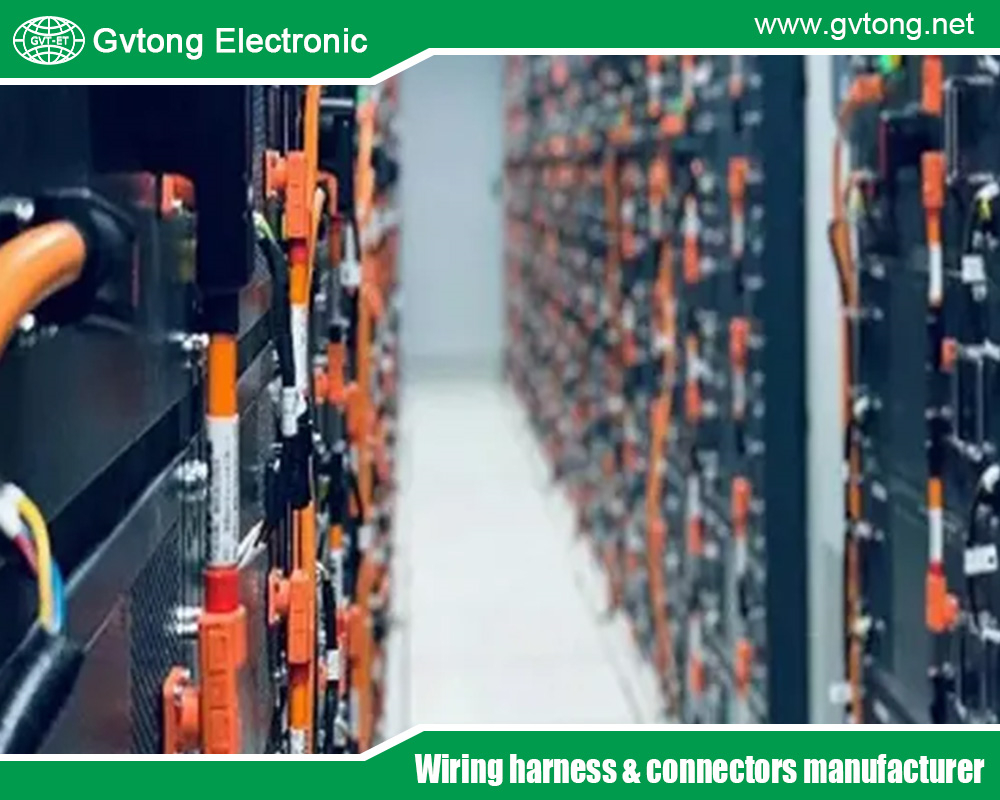
How to Select Automotive High-Pressure Connectors for Photovoltaic
- Gvtong Electronic
- automotive antenna connector, automotive coaxial connector, automotive connectors for photovoltaic, automotive data connector, automotive diagnostic connector, automotive electrical connector, automotive high - frequency, Automotive high - frequency connector, automotive High voltage connector, automotive high-pressure connectors, automotive high-pressure connectors for photovoltaic, automotive high-pressure connectors manufacturer, automotive high-pressure connectors supplier, automotive hybrid connector, automotive low pressure connectors, automotive Low voltage connector, automotive Oil-resistant Connectors, automotive optical fiber connector, automotive power distribution, Automotive power distribution connector, automotive Signal Connector, Automotive temperature - resistant connector, automotive vibration - resistant, Automotive vibration - resistant connector, automotive waterproof connectors, connectors for photovoltaic, high-pressure connector, high-pressure connectors for photovoltaic
- No Comments
How to Select Automotive High–Pressure Connectors for Photovoltaic
The integration of photovoltaic (PV) systems into automotive applications represents a significant leap toward sustainable mobility. As electric vehicles (EVs) and hybrid models increasingly incorporate solar panels for auxiliary power—such as charging batteries or powering onboard systems—the need for reliable connectors becomes critical. Automotive high-pressure connectors, often designed to withstand high-voltage demands while resisting environmental pressures like water ingress and mechanical stress, play a pivotal role in this ecosystem. These connectors ensure seamless energy transfer from PV modules to vehicle systems, enhancing efficiency and safety.
But what exactly are “high pressure” connectors in this context? In automotive engineering, “high pressure” typically refers to connectors capable of enduring high-pressure environments, such as those encountered in vehicle washing, vibrations, or sealed systems under pressure. However, in PV applications, this often overlaps with high-voltage requirements, as solar systems generate substantial electrical loads. Misconceptions arise from terminology; many industry experts equate “high pressure” with robust sealing against pressure differentials, while others interpret it as high-voltage tolerance. Selecting the right connector involves balancing electrical performance, durability, and compatibility with both automotive standards and PV efficiency.
This article provides a comprehensive guide on how to select automotive high-pressure connectors for photovoltaic applications. We’ll explore the fundamentals of PV in vehicles, the unique demands of these connectors, key selection criteria, emerging innovations, and potential challenges. By the end, readers will be equipped to make informed decisions that optimize system performance and longevity. As the automotive sector pushes toward net-zero emissions, with PV integration projected to grow by 25% annually through 2030, understanding these components is essential for engineers, manufacturers, and enthusiasts alike.
The convergence of automotive and PV technologies is not new. Early experiments in solar-powered cars date back to the 1980s, but recent advancements in flexible solar panels and efficient energy storage have made them viable for mainstream vehicles. Tesla’s Cybertruck and Toyota’s Prius Prime, for instance, incorporate PV elements, relying on connectors that handle both high voltage from solar output and the rigors of automotive use. High pressure connectors ensure these systems remain operational under extreme conditions, from desert heat to high-pressure car washes.
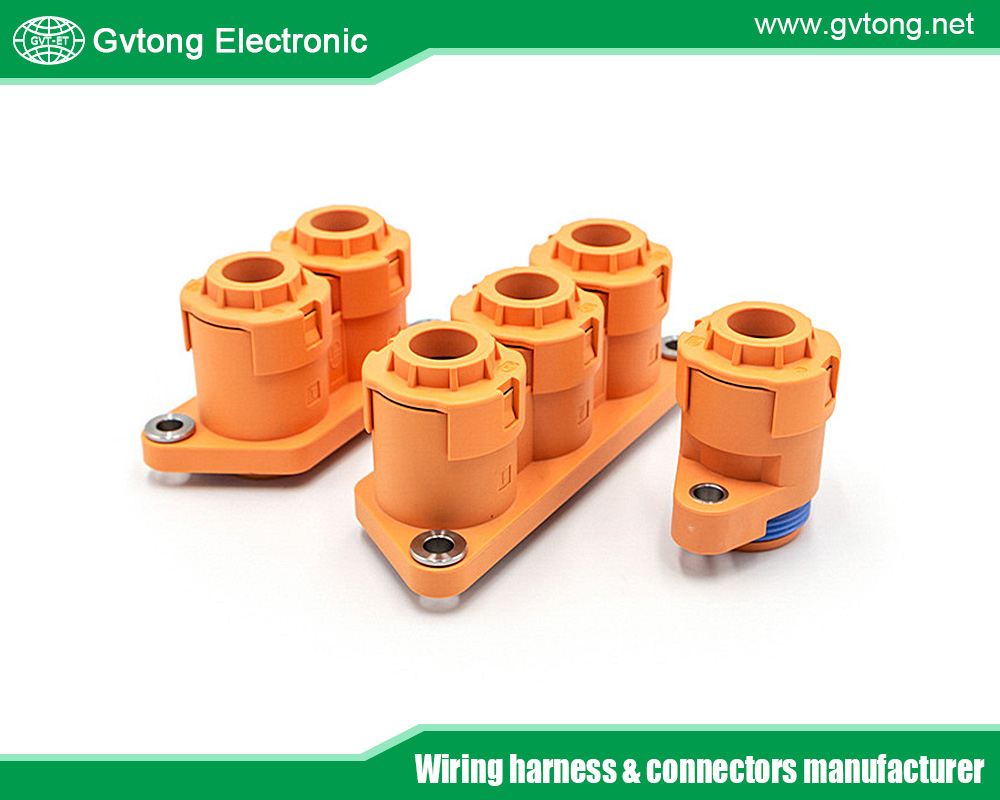
Understanding Photovoltaic Integration in Automotive Systems
Photovoltaic systems in vehicles convert sunlight into electricity, supplementing battery charging or powering accessories like air conditioning and infotainment. Unlike stationary solar arrays, automotive high-pressure connectors PV must contend with mobility challenges: vibrations, temperature fluctuations, and exposure to elements. Connectors link PV panels (often roof-mounted or integrated into bodywork) to inverters, batteries, and control units, facilitating efficient power flow.
Key components include solar cells (monocrystalline or thin-film for flexibility), charge controllers to regulate voltage, and batteries for storage. In EVs, PV can extend range by 10-20 miles daily under optimal conditions.
However, the automotive environment demands connectors that are not only high-voltage rated (up to 1500V for large arrays) but also pressure-resistant. High pressure here implies sealing against water jets (IP68/IP69K ratings) and mechanical pressures from impacts or assembly processes.
Standards like ISO 26262 for automotive functional safety and IEC 62196 for EV charging influence connector design. PV-specific standards, such as IEC 62852 for connectors, ensure compatibility with solar modules. In hybrid setups, connectors must handle dual roles: transmitting PV-generated DC power and interfacing with high-voltage battery systems.
Challenges in integration include space constraints—vehicles have limited surface area for panels—and efficiency losses from shading or dirt. Connectors mitigate this by minimizing resistance and ensuring quick-disconnect features for maintenance. For instance, in solar-assisted EVs, connectors like MC4 variants adapted for automotive use provide waterproof seals that withstand high-pressure cleaning, preventing corrosion in humid climates.
As PV adoption grows, with over 5 million vehicles expected to feature solar roofs by 2028, selecting connectors that bridge automotive durability with PV efficiency is paramount. This requires understanding electrical ratings, material properties, and environmental resilience.
The Role of High–Pressure Connectors in PV-Automotive Systems
High pressure connectors serve as the critical interface in PV-automotive setups, ensuring reliable power transmission under duress. Unlike standard connectors, they feature enhanced sealing mechanisms—such as O-rings or gaskets—that resist high-pressure water ingress, vibrations up to 50g, and temperatures from -40°C to 150°C.
In PV contexts, they connect solar strings to vehicle electronics, handling currents up to 60A and voltages exceeding 1000V.Their role extends beyond mere connection: they enable modularity, allowing easy panel replacement or system expansion. In automotive applications, where space is premium, compact designs like those from TE Connectivity’s AMP+ series reduce weight while maintaining high performance. Shielding against electromagnetic interference (EMI) is crucial, as PV inverters can generate noise affecting vehicle sensors.
Safety is a core function. High pressure connectors incorporate features like high-voltage interlock loops (HVIL) to prevent accidental disconnection under load, reducing arc risks.
For PV in vehicles, this ensures safe operation during motion or maintenance. Moreover, their pressure resistance—tested via high-pressure jet simulations—protects against environmental hazards, extending system lifespan.
In practice, these connectors facilitate series-parallel configurations in PV arrays. For example, MC4-compatible automotive variants allow stringing panels to achieve desired voltage outputs while withstanding vehicle dynamics.
Without robust connectors, PV efficiency drops due to loose connections or moisture-induced failures, potentially compromising vehicle safety.
Key Criteria for Selecting Automotive High–Pressure Connectors for PV
Selecting the right connector demands a systematic approach, focusing on electrical, mechanical, and environmental factors. Start with voltage and current ratings: For PV-automotive, choose connectors rated above system maximums—e.g., 1500V DC and 35A—to account for surges. Overrating by 20% ensures safety.
Material selection is vital. Use thermoplastics or metals with high dielectric strength for insulation, and copper alloys for contacts to minimize resistance. UV resistance is essential for PV exposure; look for materials compliant with UL 746C.
Sealing and pressure resistance: Opt for IP67 or higher ratings, tested for submersion and high-pressure jets (up to 100 bar). Automotive standards like USCAR-2 mandate vibration and thermal cycling tests.
Compatibility and modularity: Ensure interoperability with PV standards (e.g., MC4) and automotive protocols (e.g., CAN bus integration). Quick-connect features reduce installation time.
Cost vs. performance: While premium connectors from Amphenol or Stäubli offer longevity, balance with budget. Lifecycle analysis—factoring in maintenance savings—guides decisions.
Certifications: Verify compliance with SAE J1772 for EVs and IEC 61215 for PV durability. Finally, simulate real-world conditions through prototyping to validate selections.
| Criterion | Key Considerations | Examples |
| Voltage/Current Rating | > System max + 20% margin | 1500V/60A for large PV arrays |
| Sealing/IP Rating | IP68/IP69K for pressure resistance | Withstands 100 bar jets |
| Material Durability | UV-resistant, high-temp plastics | Polyamide or PBT housings |
| Safety Features | HVIL, touch-proof designs | Prevents arcing during disconnect |
| Compatibility | MC4-adapted for automotive | Interfaces with EV batteries |
Advances and Innovations in Automotive High-Pressure Connectors
Innovations are transforming high pressure connectors for PV-automotive use. Smart connectors with embedded sensors monitor temperature and current, enabling predictive maintenance via IoT integration. Amphenol’s RadCrimp series introduces radial crimping for faster assembly and better pressure sealing.
Miniaturization allows integration into compact vehicle designs, with connectors like Hirose’s HVH-280 offering 40% size reduction while handling 280A.
Hybrid materials, combining metals and composites, enhance pressure resistance without added weight.
Sustainability drives eco-friendly options, using recyclable plastics and lead-free contacts. Wireless power transfer concepts are emerging, though wired high pressure connectors remain dominant for reliability.
In PV-specific advances, SUNCLIX from Weidmüller provides snap-in connections for 1500V systems, ideal for automotive solar roofs. Future trends include AI-optimized designs for adaptive pressure sealing.
Challenges and Future Trajectories
Challenges include cost—advanced connectors can add 10-15% to system expenses—and standardization gaps between PV and automotive industries. Cybersecurity risks in smart connectors demand robust encryption.
Scalability for mass production and compatibility with evolving battery chemistries pose hurdles. Extreme climates test pressure resistance, requiring ongoing R&D.
Looking ahead, 6G-enabled connectors could enable real-time PV optimization in vehicles. By 2035, integrated PV could power 30% of auxiliary needs, driving demand for advanced high-pressure solutions. Regulatory pushes for greener transport will accelerate innovations.
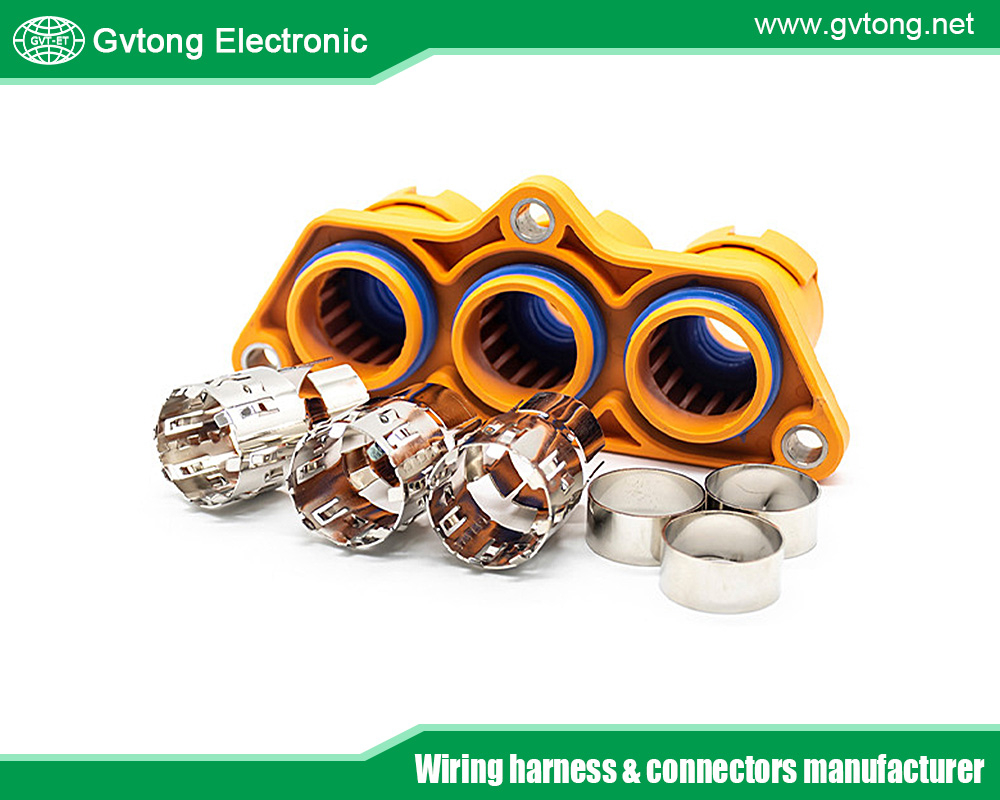
Conclusion
Selecting automotive high-pressure connectors for photovoltaic applications is a multifaceted process that ensures safety, efficiency, and durability. By prioritizing ratings, materials, and certifications, stakeholders can harness PV’s potential in vehicles. As technology evolves, these connectors will be instrumental in achieving sustainable automotive futures.
For more about how to select automotive high-pressure connectors for photovoltaic, you can pay a visit to Gvtong at https://www.gvtong.net/ for more info.
Recent Posts
Revealing the Core Advantages of Automotive Hybrid Connectors
What is the 12 Volt Automotive Wire Connector
Recommend the Best ADAS Automotive Connector Manufacturers in China
What is an Electrical Distribution System and How to Choose It
The Top Automotive Electrical Connectors Manufacturers You Want to Know
How to Choose the Best Automotive Connector Suppliers in Vietnam
The Best High Current Connectors Automotive Manufacturer in China
Tags
Recommended Products
-
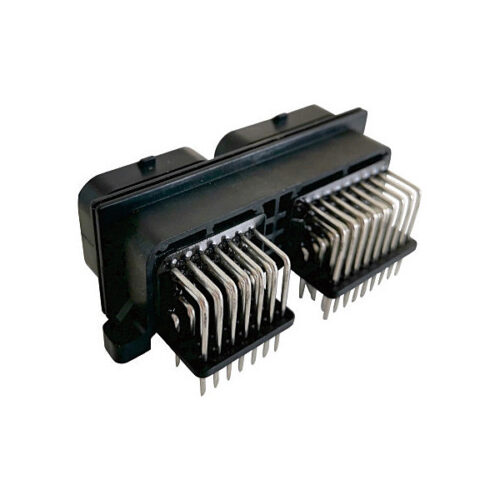
Combination connector-60 core (34+26) socket
-
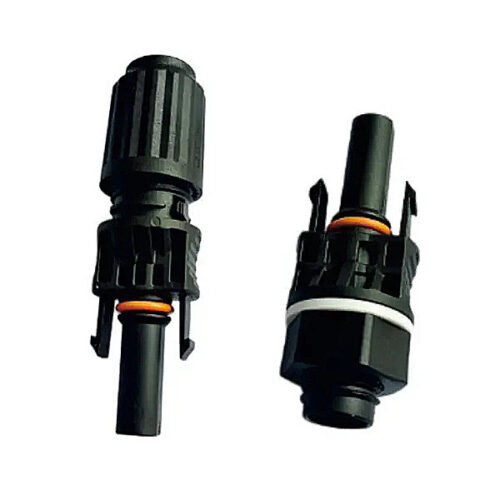
Photovoltaic connector plug
-
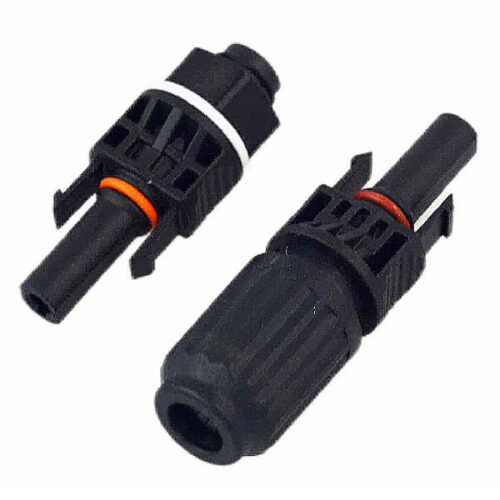
GH-Photovoltaic Connector-Plug
-
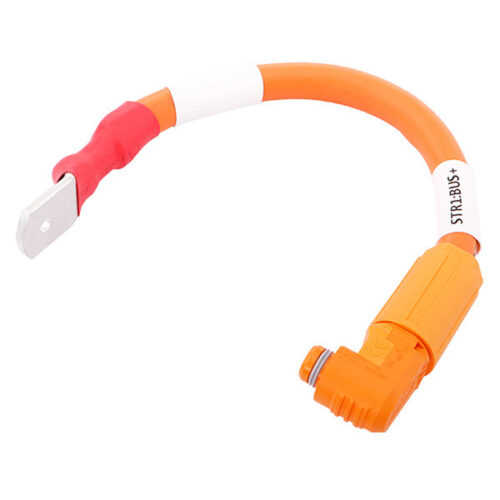
Energy storage wiring harness
-
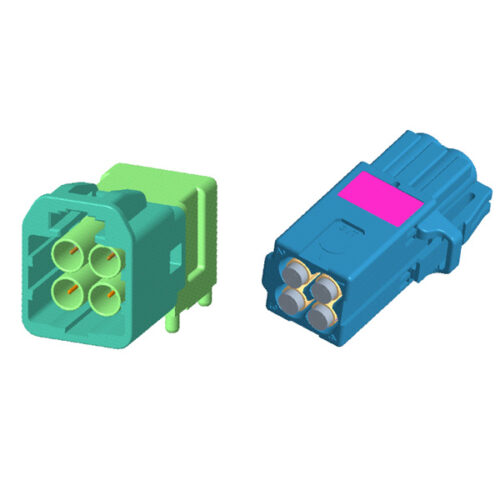
Automotive RF MINI FAKRA Four-Core Connector, Quad Port, PCB Through Hole, Right Angle, Plug, 50 Ohm
-
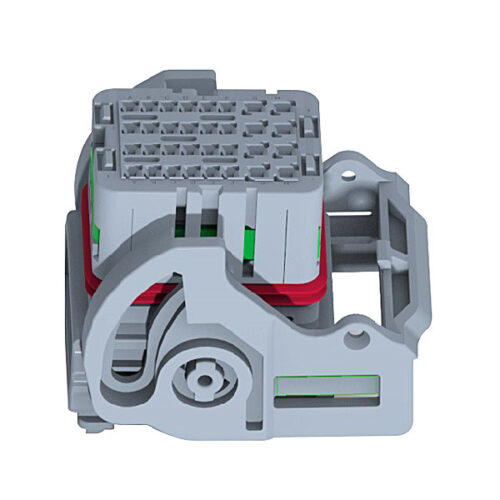
GE Series-32-core Low Voltage Connector-Socket+Plug
-
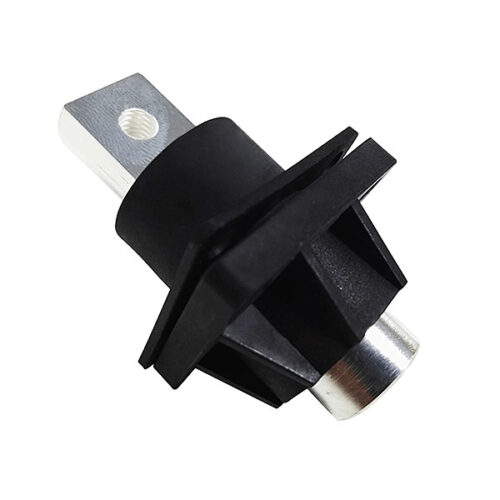
Five-in-one terminal
-
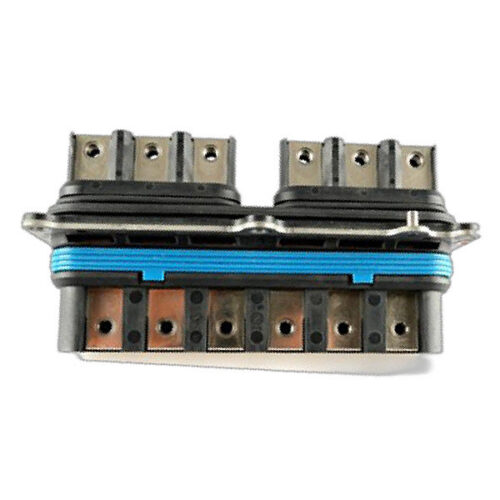
Oil cold through the cylinder
